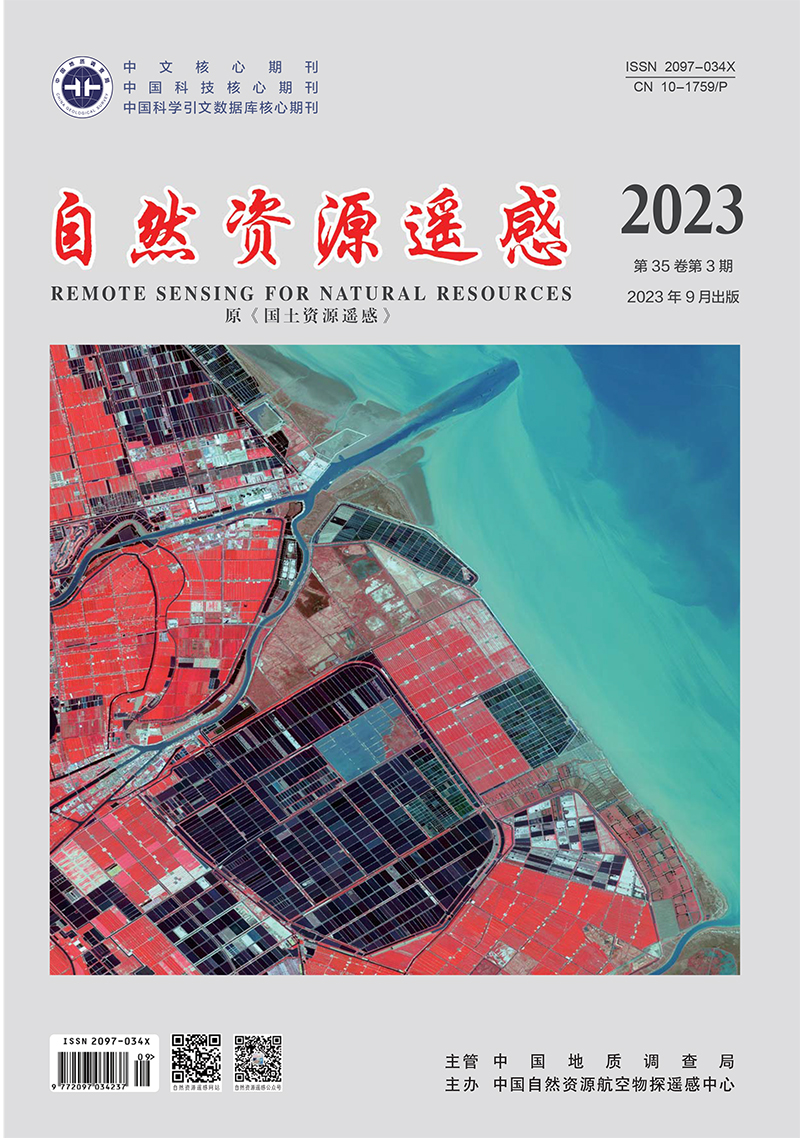LOU Yanhan, LIAO Jingjuan, CHEN Jiaming. 2023. Monitoring water level changes in the middle and lower reaches of the Yangtze River using Sentinel-3A satellite altimetry data. Remote Sensing for Natural Resources, 35(3): 221-229. doi: 10.6046/zrzyyg.2022239
| Citation: |
LOU Yanhan, LIAO Jingjuan, CHEN Jiaming. 2023. Monitoring water level changes in the middle and lower reaches of the Yangtze River using Sentinel-3A satellite altimetry data. Remote Sensing for Natural Resources, 35(3): 221-229. doi: 10.6046/zrzyyg.2022239
|
Monitoring water level changes in the middle and lower reaches of the Yangtze River using Sentinel-3A satellite altimetry data
-
1. Key Laboratory of Digital Earth Science, Institute of Remote Sensing and Digital Earth, Chinese Academy of Sciences, Beijing 100094, China
-
;2. International Research Center of Big Data for Sustainable Development Goals, Beijing 100094, China
-
;3. University of Chinese Academy of Sciences, Beijing 100049, China
-
;4. Institute of Geodesy and Geoinformation, University of Bonn, Bonn 53115, Germany
More Information
-
Corresponding author:
LIAO Jingjuan
-
Abstract
River levels serve as a critical parameter for understanding the changes in water cycles and water resources. An advanced Radar altimeter is a favorable tool for extracting the changes in river levels. This study aims to verify the ability of the Sentinel-3A/SRAL Radar altimeter to monitor river levels and improve the extraction accuracy of this Radar altimeter. With the main streams in the middle and lower reaches of the Yangtze River as the study area, this study conducted waveform retracking for the Sentinel-3A/SRAL L2 data using the center-of-gravity offset method, the primary peak threshold retracking algorithm (thresholds: 50% and 80%), the primary waveform centroid retracking algorithm, and the multiple-echo peak consistency retracking algorithm. Then, this study extracted the river levels during 2016—2021 in the study area and obtained the optimal retracking algorithm by comparing the accuracy of different algorithms. Based on the optimal retracking algorithm, this study extracted the water level changes in transit areas of 12 satellite orbits to analyze the water level change patterns. The results show that the center-of-gravity offset method is the optimal retracking algorithm for extracting river levels with the highest accuracy. Compared with the measured water levels, the water levels simulated using the center-of-gravity offset method exhibited the highest correlation coefficient (up to 0.968) and the smallest root mean square error (up to 0.680 m). During 2016—2021, the water levels in the study area generally showed an upward trend, with significant intra-annual seasonal changes.
-

-
-
Access History







 DownLoad:
DownLoad: